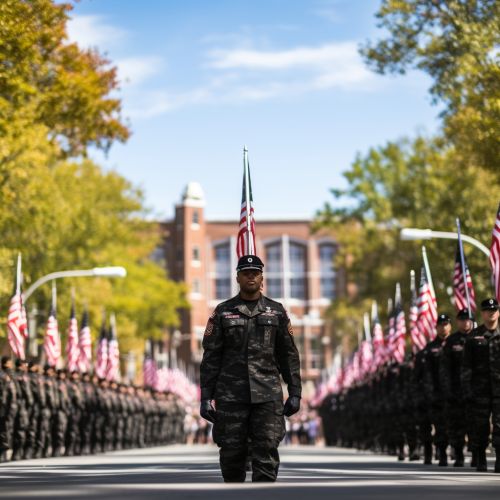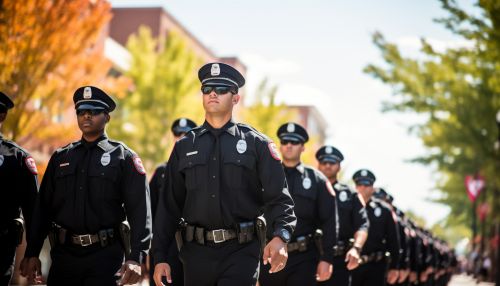Blackshirts
Origins and Rise
The Blackshirts (Italian: Camicie Nere, CCNN) were paramilitary groups formed during the rise of Benito Mussolini and the National Fascist Party in Italy. The term was later used to refer to all members of the National Fascist Party and its British counterpart, the British Union of Fascists. The Blackshirts were instrumental in Mussolini's ascent to power, and they played a significant role in the enforcement of fascist policies in Italy.


Structure and Organization
The Blackshirts were organized into squads, known as "squadristi", which were led by a "ras". Each squad consisted of ten men, and each ras was responsible for a specific geographic area. The squads were further grouped into legions, which were equivalent to an army division. The organization of the Blackshirts was highly hierarchical, with Mussolini at the top as the "First Blackshirt".
Role in Italian Politics
The Blackshirts played a crucial role in the March on Rome in 1922, which resulted in Mussolini becoming Prime Minister of Italy. They were also involved in the suppression of political opponents and the enforcement of fascist policies. The Blackshirts were known for their violent tactics, which included intimidation, assault, and murder. They were also involved in the implementation of the Racial Laws in Italy during the 1930s.
Decline and Disbandment
The Blackshirts' influence began to wane in the late 1930s, and they were officially disbanded in 1943 following Italy's surrender in World War II. Many former Blackshirts were prosecuted for war crimes and other offenses after the war.
Legacy
The legacy of the Blackshirts is controversial. While some view them as a symbol of fascist oppression, others see them as a manifestation of nationalistic fervor. The term "Blackshirt" is still used today to refer to neo-fascist groups in Italy and other countries.
